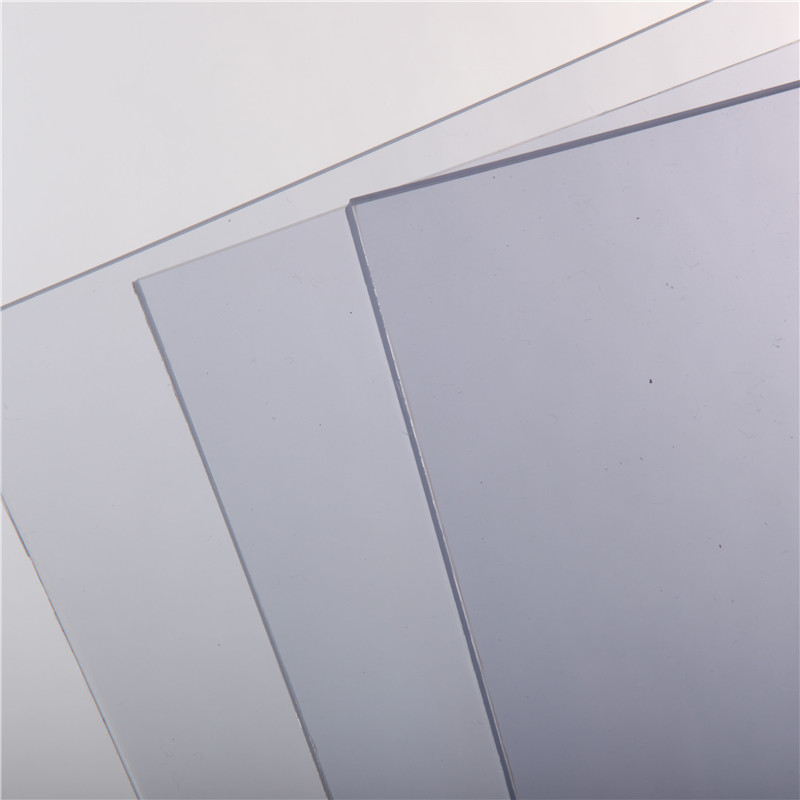Oct . 10, 2024 13:16 Back to list
Understanding PVC and PPR Pipes and Fittings for Plumbing Applications
Understanding PVC and PPR Pipes and Fittings A Comprehensive Guide
In the world of plumbing and construction, choosing the right type of piping is crucial for ensuring durability, efficiency, and cost-effectiveness. Two popular options that professionals and homeowners often consider are PVC (Polyvinyl Chloride) and PPR (Polypropylene Random Copolymer) pipes and fittings. Each material has its unique advantages and applications, making it essential to understand their properties and uses.
PVC Pipes and Fittings
PVC pipes and fittings are widely recognized for their versatility and strength. Made from a robust plastic polymer, PVC is resistant to corrosion, chemicals, and extreme weather conditions, making it a suitable choice for both indoor and outdoor plumbing projects. PVC pipes are lightweight, which simplifies transportation and installation, while also reducing labor costs. They are available in various diameters and lengths, allowing for customization according to specific project needs.
One of the significant advantages of PVC pipes is their low cost compared to other materials like copper or steel. They are ideal for drainage, waste vent systems, and irrigation purposes. PVC fittings, including elbows, tees, and couplings, provide reliable connections, ensuring that the plumbing system operates smoothly without leaks.
However, PVC is not recommended for hot water applications, as high temperatures can lead to deformation
. Therefore, it’s essential to use PVC pipes in cold water systems or for applications where heat exposure is minimal.pvc ppr pipes and fittings

PPR Pipes and Fittings
PPR pipes, on the other hand, are increasingly gaining traction in the plumbing industry due to their impressive thermal stability and high resistance to pressure. Made from polypropylene, these pipes are specifically designed for hot and cold water supply systems. PPR pipes can withstand temperatures up to 95 degrees Celsius, making them suitable for residential and industrial applications where hot water is involved.
An essential feature of PPR piping is its fusion welding capabilities. This process creates seamless joints that are incredibly strong and leak-proof, enhancing the overall reliability of the plumbing system. PPR fittings, such as joints and brackets, are also available in various shapes and sizes, facilitating easy installation. Additionally, PPR is resistant to scale and corrosion, which contributes to a longer lifespan and reduced maintenance costs.
Conclusion
When choosing between PVC and PPR pipes and fittings, the decision ultimately hinges on the specific needs of your project. For cold water systems and drainage, PVC remains a cost-effective choice. Meanwhile, for hot water applications and long-term durability, PPR presents a superior option. Understanding the properties and applications of each type will help you make an informed decision, ensuring the success of your plumbing endeavors.
-
Premium PP Welding Rod: GPT-4 Turbo Enhanced
NewsAug.01,2025
-
HDPE Drainage & Irrigation Pipe - Durable, Efficient Solutions
NewsAug.01,2025
-
Premium PVC Transparent Pipe: Durable & Clear Solutions
NewsJul.31,2025
-
High-Quality UPVC Electrical Pipe for Safe Wiring Solutions
NewsJul.30,2025
-
Premium PVC Pipe Fitting Supplier – Durable & Leak-Proof Solutions
NewsJul.30,2025
-
High-Gloss PVC Rigid Sheet for Durable & Smooth Surfaces | Wholesale Supply
NewsJul.29,2025

